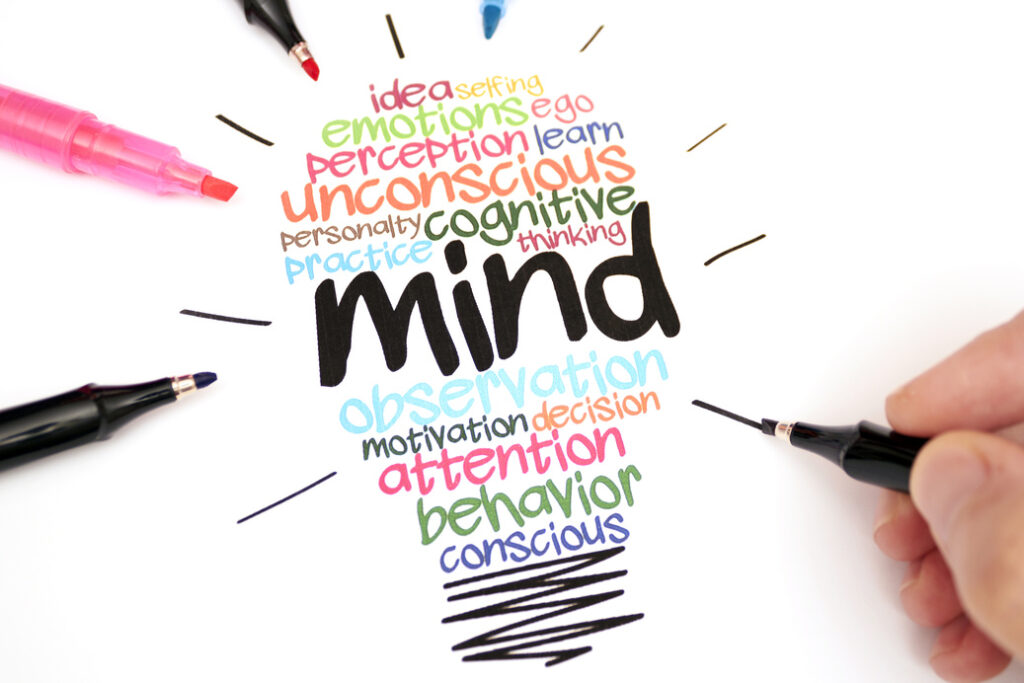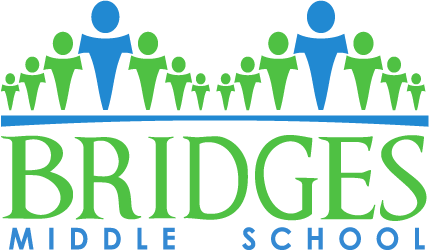The holidays are here and for many of us, it’s a time marked by gift-giving. The act of giving and receiving presents can bring joy to both the receiver and the giver. It exists in virtually every culture with a common purpose of forming and strengthening the bonds within human relationships.
In addition to tangible gift-giving, we can consider how our own unique gifts, talents, and strengths can support us in how we connect and contribute to others. Noticing what is good in ourselves and those we care about can improve our lives. Often we underestimate or aren’t fully aware of our own gifts. We tend to focus more on our real or perceived limitations. Below are some ways in which we can further explore our own gifts and in turn support our kids in seeing and understanding theirs.
- Ask trusted family, friends, and/or co-workers. Think of the people you spend the most time with and identify one or two things that those people are gifted at. Come up with at least one talent or gift that each person has or does that is unique to them. Likewise, the people who know you well or whom you spend the most time with will easily be able to share with you the qualities they see as being your strengths.
- Take a free online strengths, values, or assets test. Like these The VIA Character Strengths Survey or The High 5 Test
- Reflect by journaling. Identify 3-5 instances in your life where you felt most successful. These can be either big or small experiences. Write a journal entry about each of these instances. Then, read through each entry to identify the strengths you displayed during those activities. Pay special attention to the talents, skills, and traits that pop up multiple times. These are likely your strengths.

Throughout each school day, Bridges’ students partake in activities that help them cultivate the gift of “presence”. Over 7,000 scientific studies demonstrate the benefits of incorporating mindfulness-based activities in schools, proving they reduce stress and amplify academic achievement. A growing number of these studies focus on the benefits they provide to students, educators, and families.
During the ten minutes following recess students participate in “quiet time.” Quiet time offers an opportunity for students to transition back into the classroom in an intentional and relaxed way so that they are better ready for an afternoon of learning. It’s a consistent routine built into each day where the entire school, staff included, practice the skill of getting still. It provides an opportunity for us to activate our body’s parasympathetic nervous system, which results in a reduction of stress and anxiety, among countless other benefits. It’s a time of the day when lights are dimmed, students and staff rest seated or lying down on mats, and there’s a felt sense of peacefulness that pervades the entire building.
During fitness, students participate in yoga, guided meditation, and breathing exercises that yield numerous benefits for the mind and body. This supports students in learning how to practice better self-regulation, improve attention, and increase body awareness. Being a part of a school community that prioritizes the well-being of students and staff is a gift worth acknowledging.
If you’re looking for ways to support these practices with your kids at home, check out the resources below.
Mindfulness for Kids and Teens
How to Teach Presence to Children in the Digital Age | Q&A Eckhart Tolle


